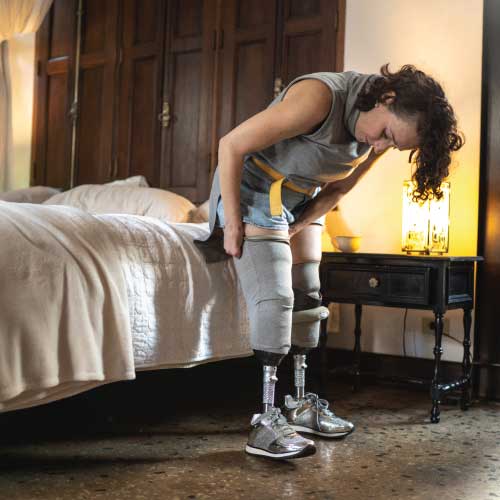New Hospital Policy Allows Wounded Warriors to Keep Tattoos After Limb Loss
People get tattoos to express themselves or remind themselves of events or people special to them. Tattoo art, which can range from totally outrageous designs to minimalist and simple, can also be expensive, so parting with a tattoo that may have taken a while to acquire can be especially painful.

The Walter Reed National Military Medical Center recently introduced a policy that will help wounded service members keep their tattoos even after limb loss. It’s an effort to help the nation’s heroes feel whole again after their sacrifices.
According to Dr. Paul Pasquina, the chief of rehabilitation at Walter Reed National Military Medical Center, the hospital will help wounded service members transfer a tattoo from the lost limb to the prosthetic cover. “We will try to make this happen, depending on available resources,” he said.
As of January 2018, according to the U.S. Department of Defense, more than 1,500 service members lost their limbs during the wars in Afghanistan and Iraq since 2001.
“While the first step is saving a service member’s life, the next step is restoring lives and providing some meaning to those lives,” Pasquina said.
“This hopefully helps their self-confidence as it encourages them to avoid isolation and even provides an icebreaker for meaningful conversations with people they meet for the first time. It also gives the public a greater sense of the sacrifices made by our service members and the challenges faced by individuals with disabilities across the country and the world,” he added.











































































